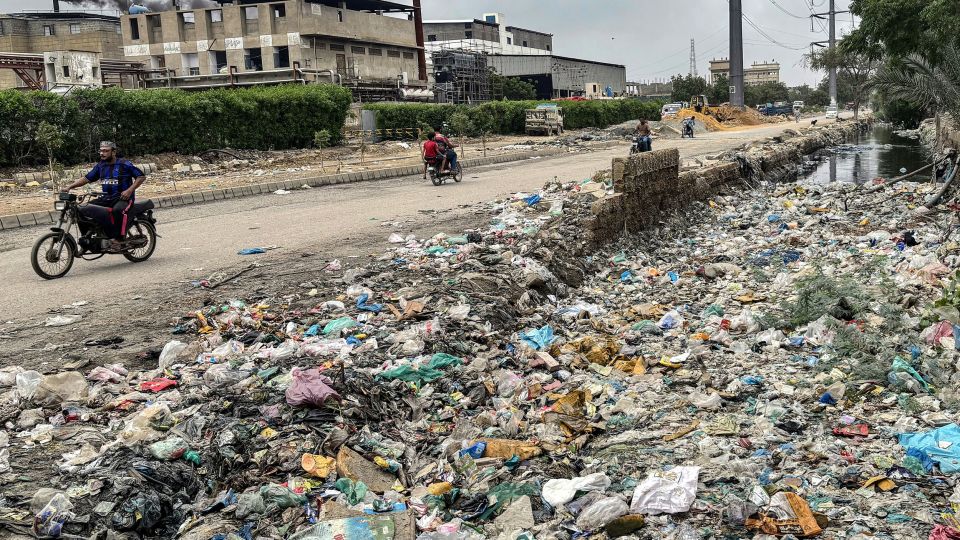Home / Environment / Climate Change Turns Plastic into Toxic Hazard
Climate Change Turns Plastic into Toxic Hazard
27 Nov
Summary
- Climate change makes microplastics more mobile and hazardous.
- Extreme heat can double plastic degradation rates.
- Melting sea ice will release trapped plastic pollution.

The escalating impacts of climate change are significantly worsening the global plastic pollution problem, according to a recent analysis. This research highlights how increased temperatures, humidity, and sunlight cause plastics to degrade faster, breaking down into smaller, more hazardous fragments. Extreme weather events like floods and storms further hasten this disintegration and spread microplastics more widely across environments.
The study points out that climate change makes existing plastic pollution more dangerous by increasing its mobility and persistence. For instance, melting sea ice, which acts as a reservoir for microplastics, could become a major source of contamination as global temperatures rise. Furthermore, microplastics can absorb and release harmful substances like pesticides and chemicals more readily at higher temperatures, acting as "Trojan horses" for toxins.
Addressing this intertwined crisis requires urgent action, including reducing plastic consumption, improving recycling, and developing new product designs. The authors emphasize the critical need for a legally binding global plastics treaty to curb pollution effectively. Experts warn that unchecked plastic production and consumption will lead to widespread ecosystem disruption.




